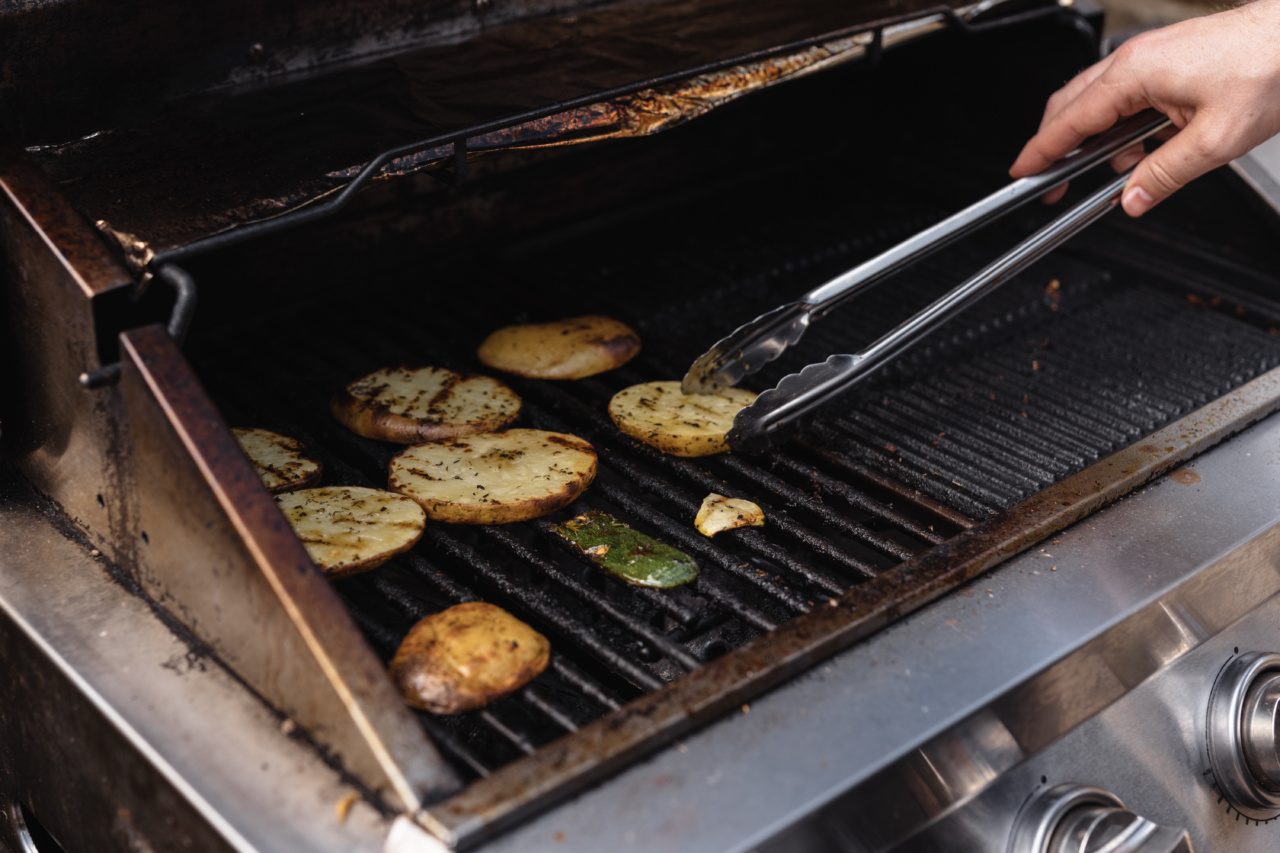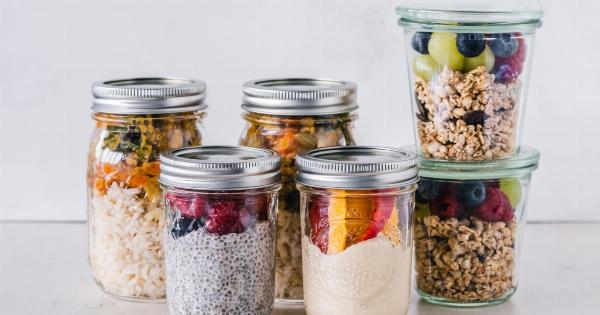Temperature plays a crucial role in determining various properties of food, including its density. The density of a food item refers to the amount of mass it contains per unit volume.
Changes in temperature can lead to alterations in the molecular structure, physical properties, and overall density of food. Understanding how temperature impacts food density is essential for maintaining food quality, planning cooking processes, and ensuring optimum storage conditions. Let’s delve into the fascinating relationship between temperature and food density.
The concept of food density
Food density is a critical factor that directly affects its texture, taste, and overall culinary experience. Density is primarily determined by the arrangement and packing of molecules within a food substance.
Different foods have varying densities due to diverse compositions and structures. For example, fruits and vegetables typically have lower densities compared to meat or dairy products. Density is commonly expressed as grams per milliliter (g/mL) or grams per cubic centimeter (g/cm³).
The relationship between temperature and density
When it comes to the impact of temperature on food density, it’s important to note that temperature influences the behavior and movement of molecules.
As the temperature rises, the kinetic energy of molecules increases, causing them to move more rapidly. This increased molecular motion can affect the density of food in several ways:.
1. Thermal Expansion
Thermal expansion is a phenomenon where substances expand or increase in volume when heated. In the case of many foods, heating leads to thermal expansion, resulting in an increase in volume while the mass remains constant.
Consequently, the density decreases because the same amount of mass occupies a larger volume. This is why ingredients like dough, batter, or cake tend to rise when exposed to heat during baking.
2. Changes in State
Temperature also impacts the physical state of food, with many substances transitioning between solid, liquid, and gas phases at specific temperatures. During phase changes, the density of a substance can fluctuate.
For example, when water freezes to become ice, its volume increases, leading to a decrease in density. Conversely, as ice melts back into water, its density increases. Understanding these phase changes is crucial for various cooking and preservation methods.
3. Structural Changes
Temperature can also induce structural changes in food molecules, altering their arrangements and affecting the overall density.
For instance, when proteins denature or coagulate due to heat, they can form new bonds or aggregates, leading to changes in density. This phenomenon is observed when cooking eggs, where the transparent liquid becomes opaque due to protein denaturation, resulting in an increase in density.
4. Evaporation and Dehydration
High temperatures can cause the evaporation of water and other volatile compounds present in food. As these moisture components evaporate, the food can become dehydrated, leading to an increase in density.
Dried fruits, jerky, or dehydrated soups are examples of foods where the density increases due to water loss. This process also concentrates flavors and can contribute to extended shelf life.
5. Thermal Conductivity
Thermal conductivity refers to the ability of a substance to transfer heat. Different foods have varying levels of thermal conductivity, which can impact their density when subjected to temperature changes.
For instance, foods with higher thermal conductivity tend to heat up faster and more evenly, potentially influencing their density during cooking. The distribution of heat within a food matrix can affect molecular movement and packing density.
6. Effects of Cooling
In contrast to the aforementioned effects of heating, cooling can also influence food density. When cooled, substances contract and occupy a smaller volume, resulting in an increase in density.
This is why liquids or foods stored in colder environments tend to become denser. For example, cream can become thicker and denser when refrigerated due to the fat particles aligning closely together.
Applications in cooking and food storage
The understanding of how temperature impacts food density has practical implications in cooking and food storage processes. Here are a few key applications:.
1. Baking and Cooking
Temperature control is crucial when baking or cooking various dishes. Understanding the impact of temperature on the density of ingredients can help achieve desired textures and consistencies.
Rising agents like yeast or baking soda produce gas bubbles, making the food less dense and more fluffy. By adjusting oven temperatures strategically, bakers can control the density of baked goods.
2. Food Preservation
Knowledge of temperature effects is vital for food preservation. Correct temperature settings during freezing, refrigeration, or canning processes help maintain the desired density and prevent spoilage.
For example, freezing foods quickly at low temperatures prevents the formation of large ice crystals, minimizing texture changes and maintaining the original density upon thawing.
3. Food Packaging
The density of food can impact packaging and transportation decisions. Understanding the impact of temperature on food density helps in designing appropriate packaging materials and techniques to protect the integrity of products.
It ensures minimal volume changes during transportation, reducing the risk of damage and maintaining consistent quality.
Conclusion
Temperature significantly influences the density of food through various mechanisms, including thermal expansion, phase changes, structural modifications, evaporation, and cooling.
Understanding these relationships is crucial in the fields of cooking, food preservation, and packaging. By controlling and manipulating temperature, chefs and food scientists can enhance culinary experiences, extend shelf life, and ensure optimal food quality.




























